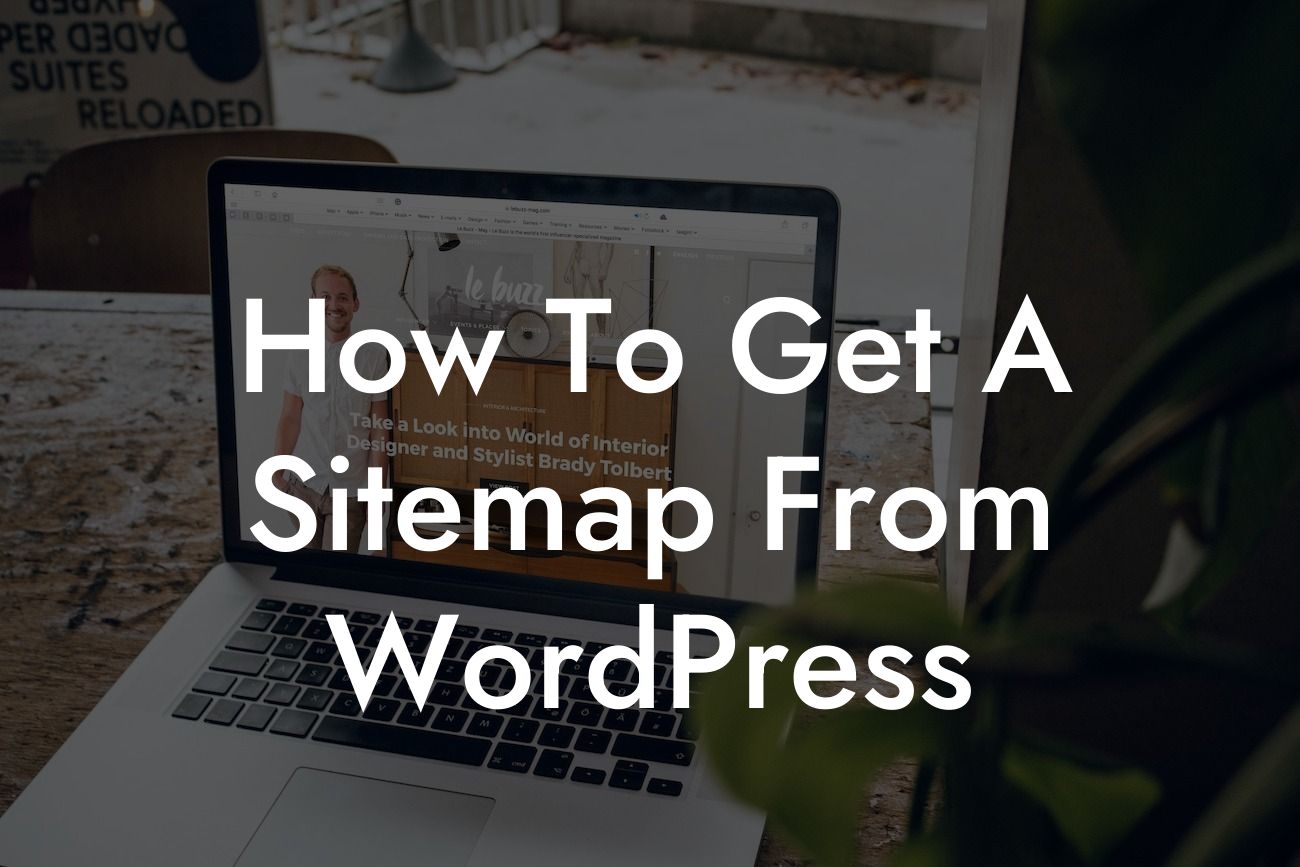Having a well-structured sitemap is crucial for any WordPress website. It not only helps search engine crawlers understand the content and structure of your site but also improves your website's visibility and accessibility. In this article, we will guide you on how to create a sitemap for your WordPress website, step by step.
Creating a sitemap in WordPress is a breeze, thanks to a plethora of plugins available in the market. Here's a step-by-step guide on how to get a sitemap from WordPress:
1. Choose a Reliable WordPress SEO Plugin:
To start, you need to install and activate a reputable WordPress SEO plugin. One popular option is the Yoast SEO plugin. It offers a comprehensive set of features and is well-known for its sitemap generation capabilities.
2. Enable XML Sitemaps:
Looking For a Custom QuickBook Integration?
Once you have installed and activated the SEO plugin, access its settings. Look for the XML Sitemaps option and make sure it is enabled. Enabling this option will automatically generate an XML sitemap for your website.
3. Customize Sitemap Settings:
After enabling XML sitemaps, you may want to customize the settings as per your requirements. Most SEO plugins offer options to exclude certain pages or post types from the sitemap. You can also prioritize certain pages or control the frequency of sitemap updates.
4. Generate and Submit Sitemap:
Now that you have enabled and customized your sitemap, it's time to generate it. Simply click on the "Generate Sitemap" button provided by the SEO plugin. Once the sitemap is generated, you will see a URL for your sitemap file.
5. Submit Sitemap to Search Engines:
To ensure search engines are aware of your sitemap, you need to submit it to them. The most popular search engines like Google and Bing provide webmaster tools where you can submit your sitemap URL. Simply access the respective webmaster tools and follow the instructions for submitting your sitemap.
How To Get A Sitemap From Wordpress Example:
Suppose you have a small business offering web design services through your WordPress website. Your sitemap will include pages like Home, About Us, Services, Portfolio, and Contact. Additionally, you may have a blog section where you regularly publish informative articles. By generating and submitting a sitemap, search engines will be able to crawl and index all these pages, ensuring they show up in search results when relevant queries are entered.
Creating a sitemap for your WordPress website is vital for its success. With a well-structured sitemap, you enhance your website's visibility, accessibility, and overall SEO performance. Remember, DamnWoo offers a range of awesome WordPress plugins specifically designed for small businesses and entrepreneurs. Explore our collection today, and supercharge your online presence. If you found this guide helpful, don't forget to share it with others and stay tuned for more informative articles from DamnWoo.













